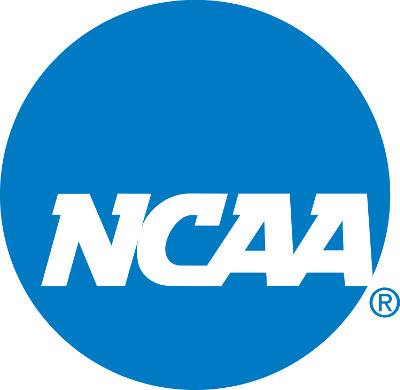
By Steve Reed
AP Sports Writer

The number of African-Americans and women hired in college sports declined in 2016, according to a diversity report released Thursday.
The annual report card from The Institute for Diversity and Ethics in Sport gave college sports a C+ for racial hiring by earning 78.5 points, a decrease from 83.6 points in 2016. College sports received a C grade (73.5 points) for gender hiring, down from 78.8 from points in 2015.
The combined grade of a C+ overall for racial and gender hiring was the lowest among all sports covered by the institute.
Richard Lapchick, the primary author of the report and director of University of Central Florida institute, called the report “disheartening.”
Lapchick attributes the decline to a lack of punishment.
“There is no price that you pay if you continue to hire all white men, and this is overwhelmingly what we’re looking at at the college level,” Lapchick said.
Lapchick has been in favor of the Eddie Robinson rule, named after the former Grambling State coach, that would be comparable to the NFL’s Rooney rule, requiring teams to interview minorities for jobs. Likewise, he believes the Judy Sweet rule, which similarly applies to requirements to interview women, would help.
“We do the report cards to move whoever it is we are looking at to hire more women and people of color,” Lapchick said. “The fact is that we have regressed in racial and gender hiring.”
The only area drawing high grades was the NCAA headquarters. The NCAA received a B for race in both senior leadership and professional positions and an A- and A+ for gender in those respective areas.
Lapchick said while the NCAA’s numbers are not perfect, they are “far ahead of its member institutions.”
Lapchick said the most “depressing” figure in his study is that 45 years after the passage of Title IX, more than 60 percent of all women’s sports teams are still coached by men. He hopes that might change, with Dawn Staley leading South Carolina to the women’s NCAA basketball championship.
For now, the study finds, opportunities for coaches of color remain a significant concern.
Last year 86.1 percent of Division I, 88.1 percent of Division II and 91.7 percent of Division III men’s coaches were white. On the women’s side, whites held 84.5 percent, 87.5 percent and 91.6 percent in Divisions I, II, and III, respectively.
African-American men remain underemployed in men’s Division I basketball. Only 20.8 percent of all head coaches were African-American, which was down 1.5 percentage points from the 22.3 percent reported in the 2014-2015 season. It’s significantly down from the high of 25.2 percent reported in the 2005-2006 season after John Thompson led Georgetown to a national championship and prompted many institutions to hire coaches of color.
“That’s a substantial concern,” said Lapchick of a sport with 54.8 percent African-American male athletes.
African-American women make up only 10.9 percent of the coaching positions in 2015-16, while African-American men held 5.9 percent of the positions in women’s Division I basketball. The combined percentage of 16.8 percent is an increase from the 15.1 percent from the previous year, but it also still stands in stark contrast to the 45.4 percent of African-American women who played basketball.
Also in the report:
-Only 6.5 percent of Division I head baseball coaches were people of color.
-The number of head football coaches of color at the FBS level remained at 16 in 2016, the same as in the 2015 report. Nearly 88 percent were white.
-Athletic directors were overwhelming white during the 2015-2016 year: 87.6 percent in Division I, 89.4 percent in Division II and 93.6 percent in Division III. Women made up only 9.8 percent of Division I athletic directors.



